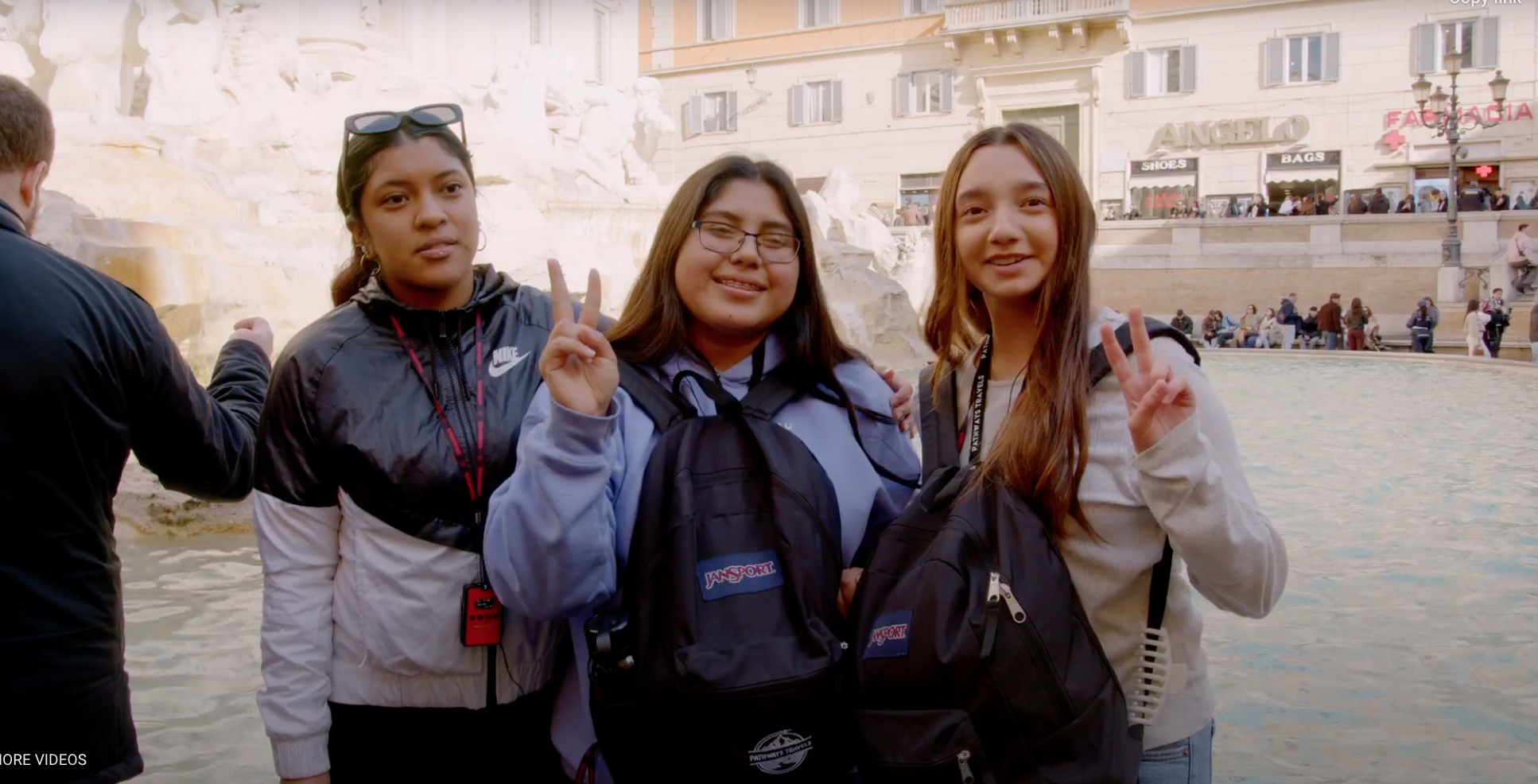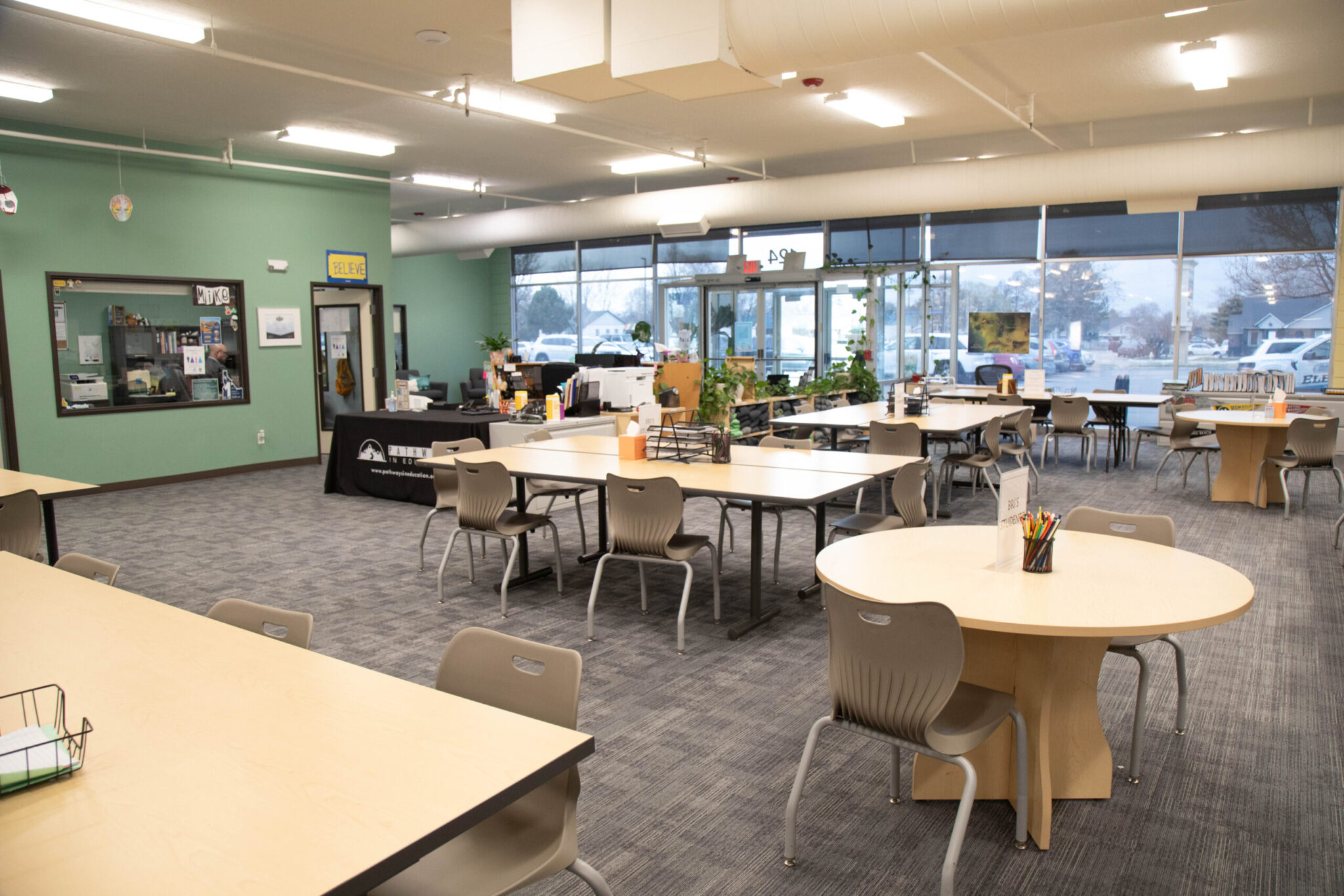Breaking the Mold: Why More Students Are Choosing Alternative Education Models

In today’s rapidly changing world, the traditional school model doesn’t work for every student. Families, educators, and community leaders are increasingly recognizing the need for alternative pathways that better support diverse learners—whether they’re navigating social-emotional challenges, balancing work or family responsibilities, or simply seeking a more personalized education.
In fact, according to a 2023 report from the National Center for Education Statistics (NCES), enrollment in alternative education programs—including online and hybrid learning models—has continued to grow, especially in communities seeking flexible, student-centered approaches.
What Is Alternative Education?
Alternative education refers to instructional programs that differ from the conventional classroom model in structure, delivery, or philosophy. These include:
- Independent study programs
- Blended and fully online schools
- Credit recovery and accelerated pathways
- Competency-based and project-based learning
- Charter schools with flexible scheduling and wraparound services
These models are designed to meet students where they are—academically, emotionally, and socially—while still holding them to high standards.
The goal is simple: meet students where they are and give them the tools to thrive—academically, emotionally, and socially.
Why Are Students and Families Making the Switch?
Here are just a few reasons students are seeking out alternative options:
1. Flexibility for Real Life
More students today face unique circumstances—part-time work, caregiving responsibilities, mental health concerns, or the need for a quiet and focused environment. Traditional school schedules and pacing often don’t accommodate these needs.
Alternative programs, such as those offered by Pathways In Education–Arizona, allow students to learn at their own pace, from home or in a hybrid model, without losing access to teachers, counselors, or academic support.
2. Stronger Student-Teacher Relationships
Research from the Learning Policy Institute shows that smaller learning communities and personalized instruction are strongly correlated with higher student engagement and achievement. In many alternative models, students work closely with the same teacher or counselor over time, building trust and accountability.
At PIE, students—even in the fully online program—receive one-on-one guidance, regular check-ins, and academic coaching to stay on track and feel supported.
3. Safe, Supportive Learning Environments
Students who have experienced bullying, anxiety, or social pressure often find a sense of relief and belonging in alternative settings. These schools prioritize emotional safety and student well-being, offering smaller groups, individualized attention, and mental health resources.
4. Real-World and College-Ready Curriculum
A growing number of alternative schools offer state-approved course work, dual enrollment opportunities, and job-readiness programming. This ensures students are not only earning a diploma—they’re preparing for what’s next. In some cases, students graduate with college credits or internship experience already under their belt.
5. A Community Connection
Alternative education doesn’t mean students are isolated. PIE’s programs, for example, include in-person workshops, student clubs, volunteer opportunities, and even prom. Families can choose how involved they want to be—and students always have a place to connect if they need it.
Rethinking Online School: Not Just Screens and Worksheets
Too often, online learning gets a bad reputation. But the best programs today offer far more than a digital worksheet. Pathways In Education - Arizona offers a fully online program is grounded in human connection. Students receive:
- Frequent one-on-one meetings with teachers and counselors
- Live workshops and office hours
- Invitations to school events, field trips, and student-led clubs
- Standards-aligned curriculum designed to meet Arizona graduation requirements
Most importantly, students can always visit a local learning center if they want in-person support or a quiet place to work.
The Bottom Line
Students are choosing alternative education models not because they have to—but because they want to. These schools offer a path to success that’s aligned with how today’s learners live, think, and grow.
If traditional school hasn’t felt like the right fit, you’re not alone—and you have options.
Explore your pathway. Whether you're looking for more flexibility, stronger support, or just a better fit, alternative education might be exactly what you’ve been looking for.
About Pathways in Education
Pathways in Education is a network of public charter schools with locations in
We are dedicated to helping students succeed through personalized learning, flexible schedules, and one-on-one support. Our programs are designed to meet students where they are and empower them to achieve their academic and personal goals. Learn more about enrolling at one of our Pathways in Education's schools here.
-1.png?width=250&height=162&name=PIE-logo-vertical-(color)-1.png)

